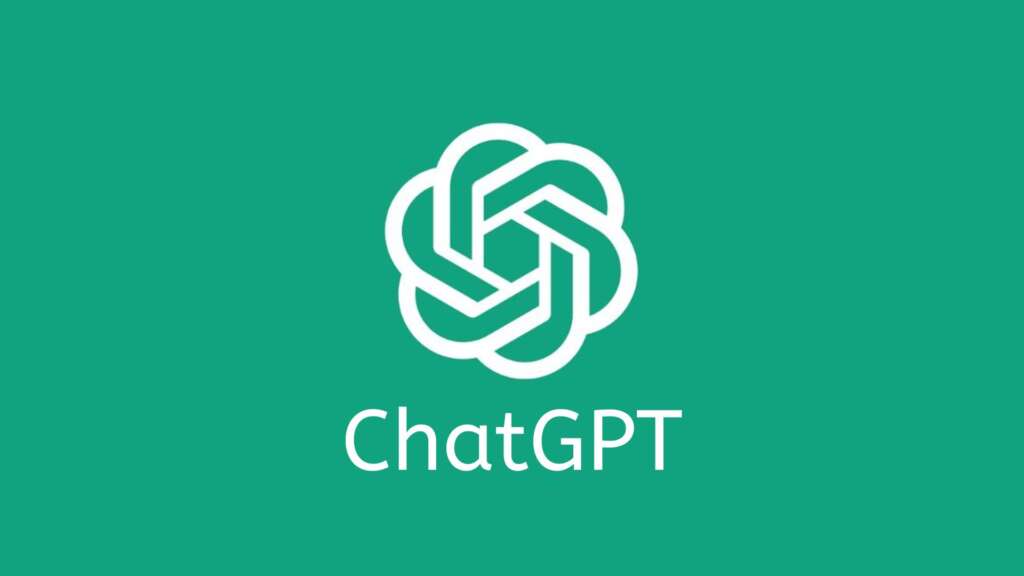Turn AI Citation Risks into Your Competitive Advantage
Boardrooms today face more than “will AI improve productivity?”—it’s “can we trust what AI tells us?” A recent medical imaging test presented 21 questions to ChatGPT, Google Bard, and Anthropic Claude. The result: five retracted papers were cited and only three caution flags raised. When a single flawed citation can trigger a regulatory review, slow product launches by weeks, or damage your reputation, addressing AI reliability becomes a strategic imperative.
Executive Summary
- Business risk: Citing retracted science can lead to unsafe decisions, brand damage, and fines under EU AI Act or FDA clinical guidance.
- Procurement shift: Leading organizations now require proof of data lineage, real-time retraction checks, and evidence pipelines—not just LLM benchmarks.
- Competitive edge: Firms with an “evidence-safe” AI framework gain faster approvals, fewer reworks, and stronger stakeholder trust.
Market Context
In October 2023, MIT Technology Review flagged that popular chatbots—ChatGPT, Google Bard, Anthropic Claude—often lean on retracted studies without warning. At Radiology 2022 (placeholder citation), a controlled test using 21 radiology prompts yielded five references to retracted articles and only three caution notices. Meanwhile, regulators are tightening the screws:
- EU AI Act (2024): mandates transparent data governance and provenance.
- NIST AI Risk Management Framework (2023): emphasizes data quality KPIs like retraction-awareness error rate.
- FDA Clinical Decision Support Guidance (2022): requires verifiable source trails for any medical claims.
As AI moves from marketing to R&D and clinical-adjacent settings, your ability to prove an auditable “knowledge supply chain” becomes the new differentiator.

Opportunity Analysis
Instead of pausing AI adoption, enterprises should professionalize their approach. The secret isn’t retraining massive LLMs—it’s controlling the evidence layer:
RAG Pipeline:
1. Ingest → 2. Index → 3. Retriever → 4. Generator → 5. Citation Middleware → 6. HITL Audit
By routing all model citations through a middleware that checks against PubMed, Crossref, Retraction Watch, and your internal denylist (e.g., 10.1234/abcde1, 10.5678/fghij2), you reduce liability and speed compliance reviews.
Business metrics to track:
- Retraction-Awareness Error Rate: Target <5% of prompts citing retracted content.
- Caution-Rate: >90% of flagged uncertainties prompt human review.
- Time-to-Approval: Measure reduction in review cycle days before vs. after evidence pipeline.
Practical Vendor Diligence
When evaluating AI providers, ask:
- How do you log data provenance and model training corpora?
- What cadence do you update your retraction registry integration?
- Can you provide red-team test results on known retracted DOIs?
- How do you report KPIs like error and caution rates?
Vendors who answer with dashboards, audit logs, and third-party validations deserve priority.
Illustrative Scenario
Last quarter, a Fortune 200 CISO mandated a holding pause when their compliance team discovered a retracted oncology reference in a pilot chatbot. “We had no audit trail,” the CISO recalled. “Rebuilding our citation middleware saved us from a potential FDA warning letter—and shaved two weeks off our product release.”
Actionable Playbook
- Lock the Corpus: Disable open-web access for high-risk use cases; ingest a version-controlled literature repository.
- Implement Retraction Guardrails: Integrate automated checks against PubMed, Crossref, and Retraction Watch.
- Enforce Cite-and-Link: Block responses without verifiable DOIs and source metadata.
- Enable HITL Audits: Route high-impact answers through domain experts; log decisions for compliance.
- Benchmark Internally: Run weekly tests pushing known retracted DOIs; monitor KPIs and improve pipelines.
- Update Policies & Training: Revise AI usage guidelines; train teams on evidence validation workflows.
Call to Action
Ready to turn AI citation risk into a strategic advantage? Contact our experts today for a custom AI reliability assessment or download our “Evidence-Safe AI” playbook to secure your generative AI initiatives.
Leave a Reply